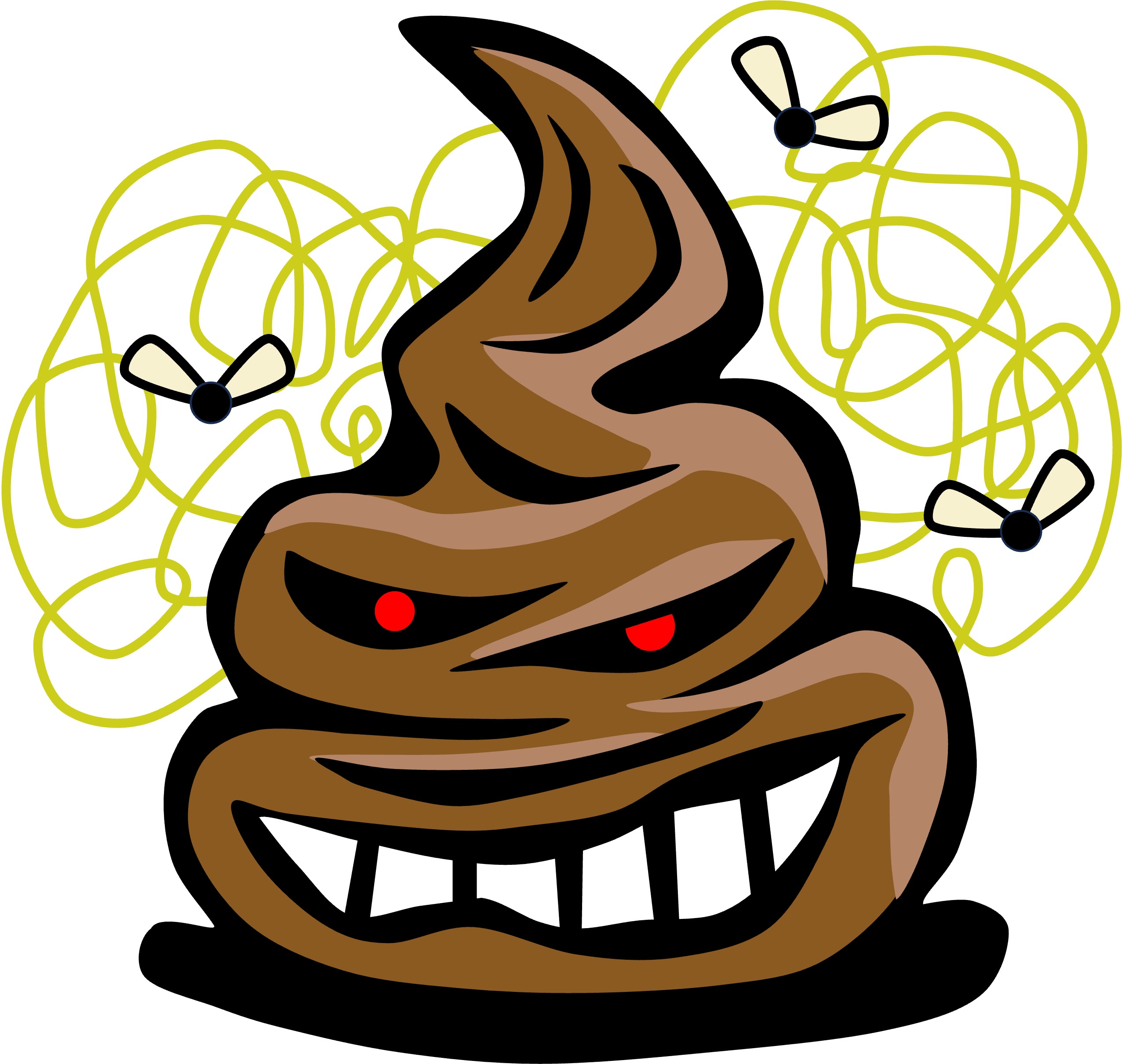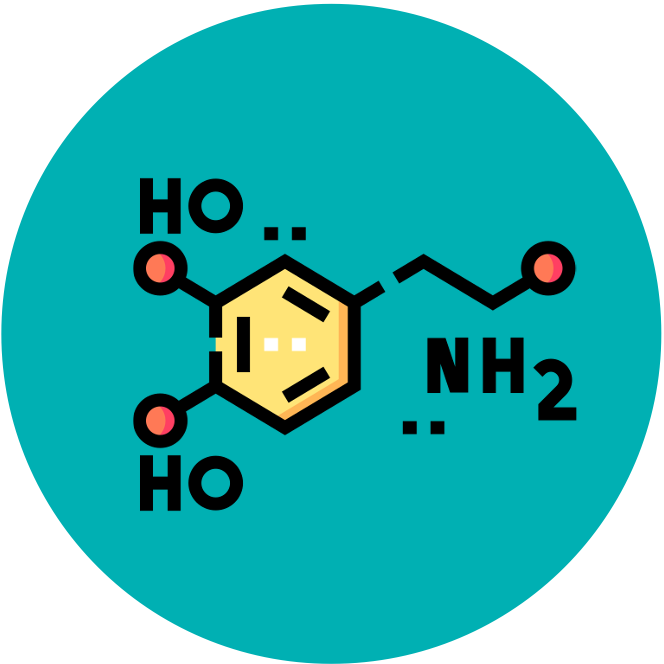

Protein Folding
Polypeptide chains are composed of 20 different types of amino acids, each with specific variable side chain
-
These side chains will have distinct chemical properties (e.g. charged, non-polar, etc.) and hence cause the protein to fold differently according to its specific position within the polypeptide chain
-
The way a protein molecule folds plays a critical role in determining its eventual function and level of biological activity
As most natural polypeptide chains contain between 50 – 2000 amino acid residues, organisms are capable of producing a huge range of possible polypeptides
-
Consequently, proteins are a very diverse class of compounds and may serve a number of different roles within a cell
Functions of Proteins
Proteins perform an array of functions:
-
Structure (collagen, spider silk)
-
Hormones (insulin, glucagon)
-
Immunity (antibodies)
-
Transport (protein channels)
-
Sensations (rhodopsin)
-
Movement (actin, myosin)
-
Enzymes (Rubisco, amylase)





